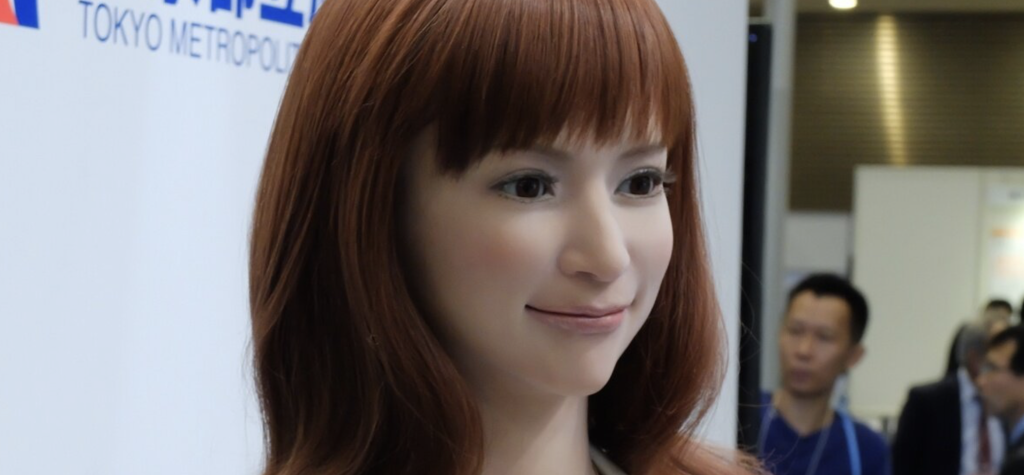How Japan’s Aging Demographics Drives GetAhead Sourcings of Robotics in Asia
Japan’s aging population is significantly impacting its supply chain and procurement strategies, particularly in the healthcare and consumer goods sectors. This demographic shift is reshaping the country’s economic landscape and has led to a labor shortage, prompting increased reliance on robotics and automation to maintain productivity. This situation has propelled Japan to become a global leader in robotics innovation, a response largely driven by the need to counter the workforce gap.
In healthcare, the demand for medical supplies and services tailored for the elderly is rising. Companies in Japan are adapting their procurement strategies to meet these evolving needs. For instance, the focus on home healthcare products and services has intensified, with businesses sourcing more from sectors specializing in elderly care. The consumer goods market is also adjusting. Products catering to an older demographic, such as easy-to-use appliances or health-related goods, are increasingly in demand. Companies are realigning their product portfolios and supply chains to cater to these preferences.
Technological Innovations for Labour Shortages
To cope with labor shortages, companies are increasingly turning to technological solutions like automation and AI.

Picture credits to: techinasia.com
Kokoro Co., Ltd., a subsidiary of Sanrio, specializes in advanced robotics and animatronics in Japan, particularly known for its humanoid robots. These robots, celebrated for their human-like expressions and movements, are often used in customer service roles and places requiring human interaction. They distinguished by their ability to mimic human gestures and expressions, even simulating breathing. Kokoro’s robots are deployed in diverse environments, including museums, exhibitions, and amusement parks, and are valuable in educational and research settings to enhance understanding of human-robot interaction.
Launched in 2019 by startup Groove X and continually evolving, Lovot is a companion robot created to build emotional connections with users through lifelike interactions. It moves, follows its owner, responds to physical affection, and has over 50 sensors for touch and facial recognition, enhancing its life-like qualities. Used in homes and elder care facilities, Lovot addresses loneliness among Japan’s elderly by providing companionship and emotional support. This innovation marks a shift in robotics from functional to emotional and psychological support, reflecting Japan’s dedication to using technology for societal benefits.
Fujitsu’s AI technologies play a significant role in healthcare, particularly in disease diagnosis and drug discovery. Their AI systems can analyze complex medical data to identify patterns and aid in accurate diagnoses, potentially detecting diseases at earlier stages. In drug discovery, Fujitsu’s AI accelerates the process by analyzing vast amounts of data to identify potential drug candidates. This is especially important in Japan’s aging society, as early and accurate diagnosis and effective treatments are crucial for the elderly, who are more prone to chronic diseases.
Opportunities for the International Business Communities
Japan’s tech, AI, and robotics sectors provide diverse opportunities for foreign businesses, from elderly care robots addressing the aging population, to automotive manufacturing with giants like Toyota and Honda. The healthcare sector sees AI gaining traction in diagnostics and drug discovery, inviting collaboration in R&D and AI technology provision. The growing consumer robotics market for personal, entertainment, and companion robots presents chances for development and export. Retail automation, highlighted by automated checkouts and inventory management, offers potential for companies supplying automation technologies and AI systems. The development of smart cities and IoT for traffic, safety, and energy management opens markets for IoT device manufacturers. In agriculture, the automation trend with drones and robotic harvesters presents opportunities for agri-tech firms. Educational robots and AI are becoming essential for language learning and skills training, offering opportunities for edtech companies. Space exploration, such as JAXA’s international collaborations, provides openings for space technology firms in research and equipment supply. Lastly, the use of robotics in entertainment and gaming, particularly in theme parks and interactive gaming, offers potential for gaming and entertainment companies to develop novel robotics solutions and AI-driven experiences.


